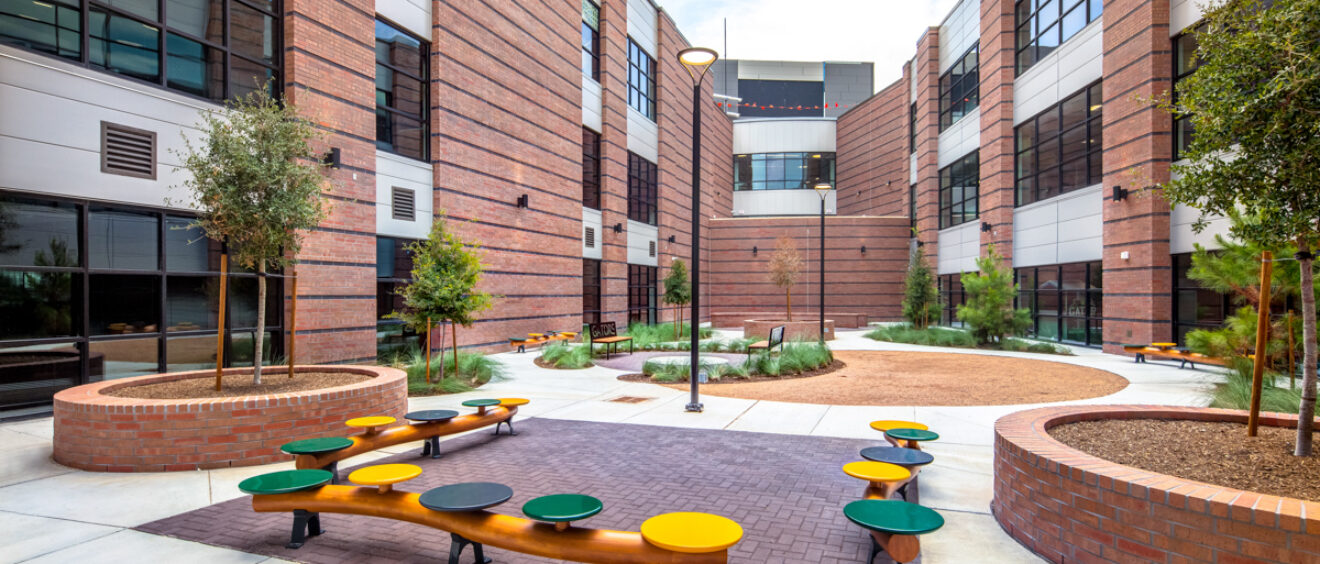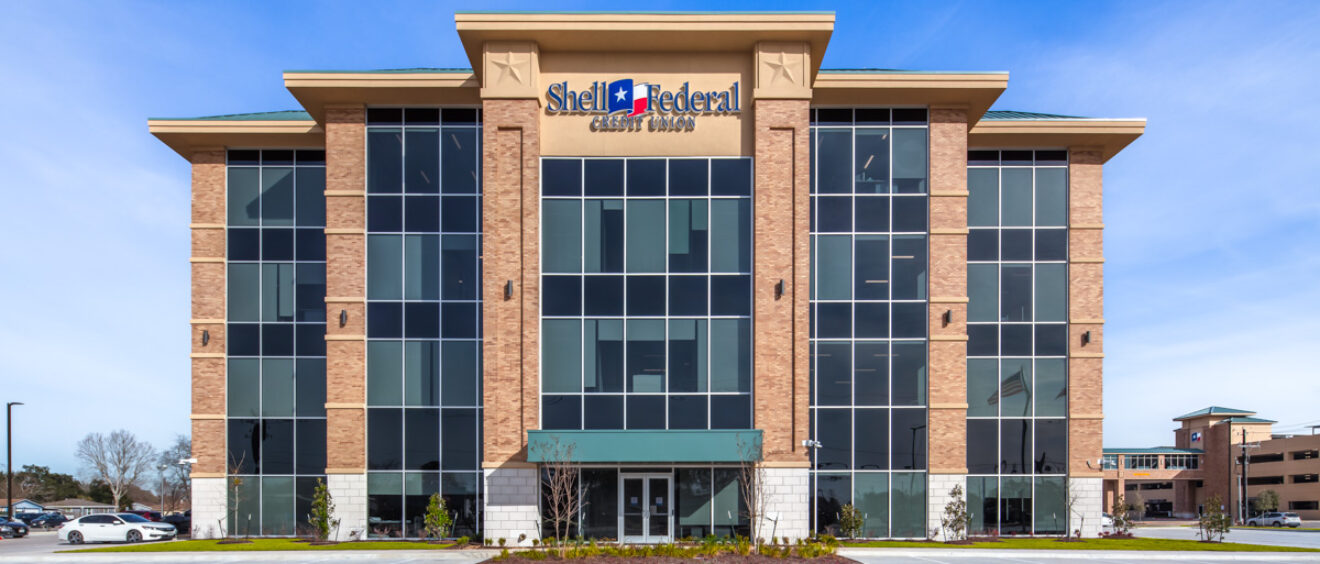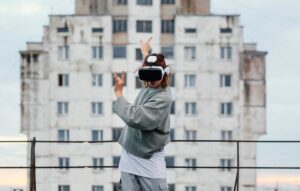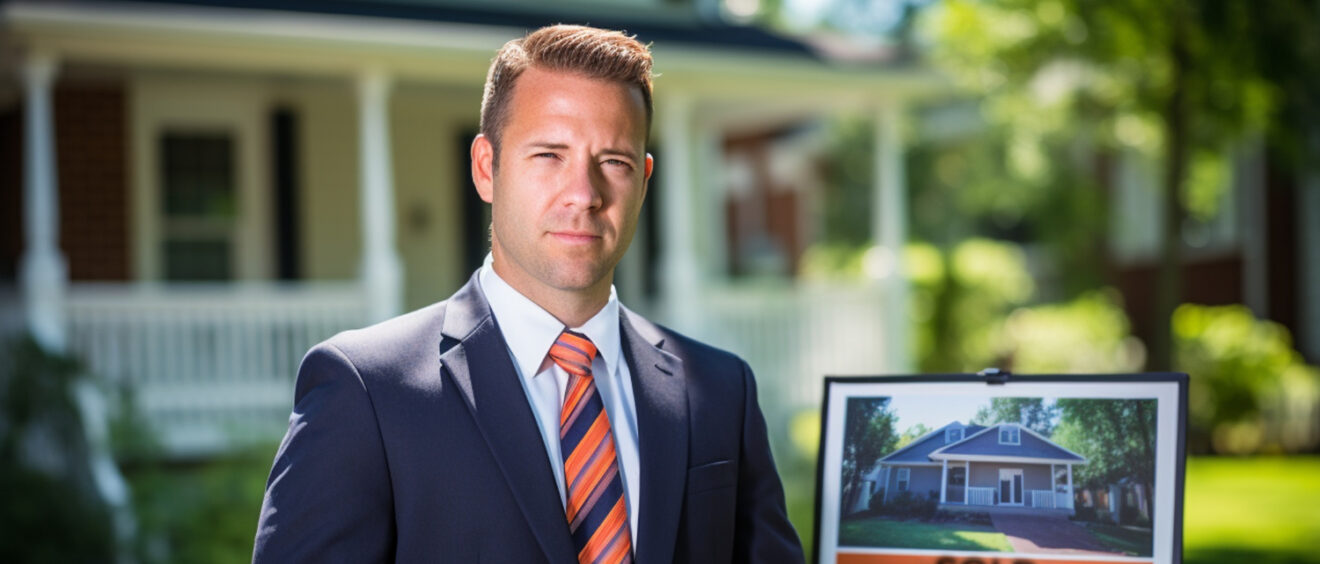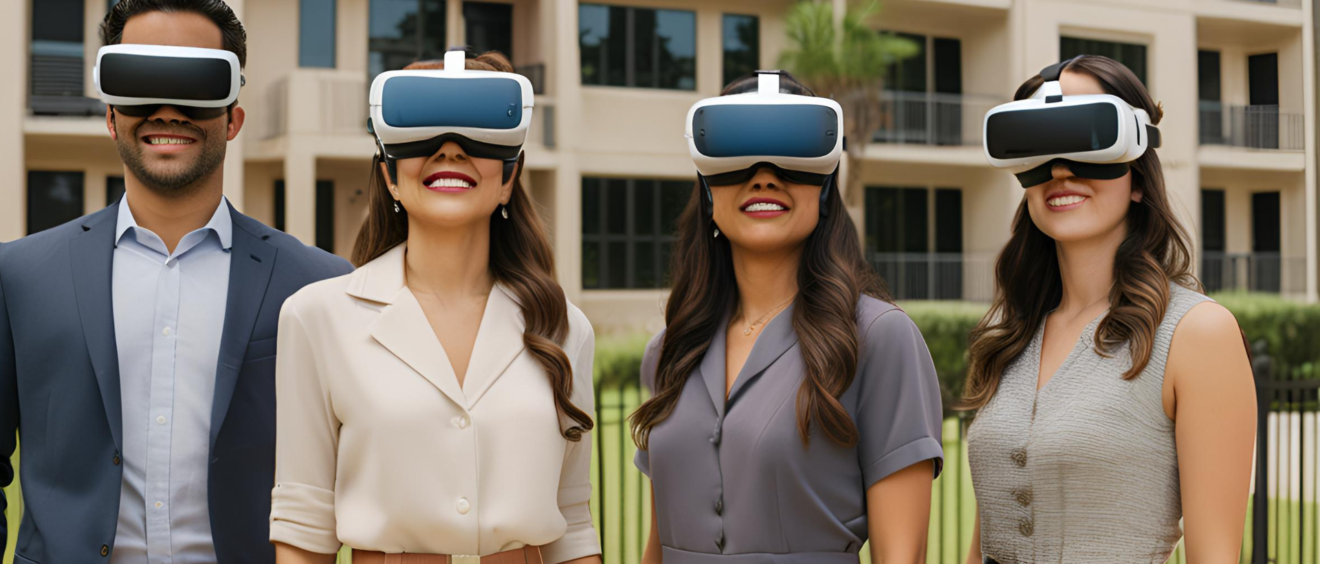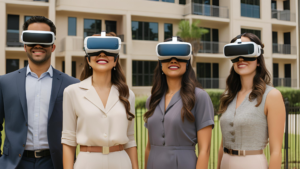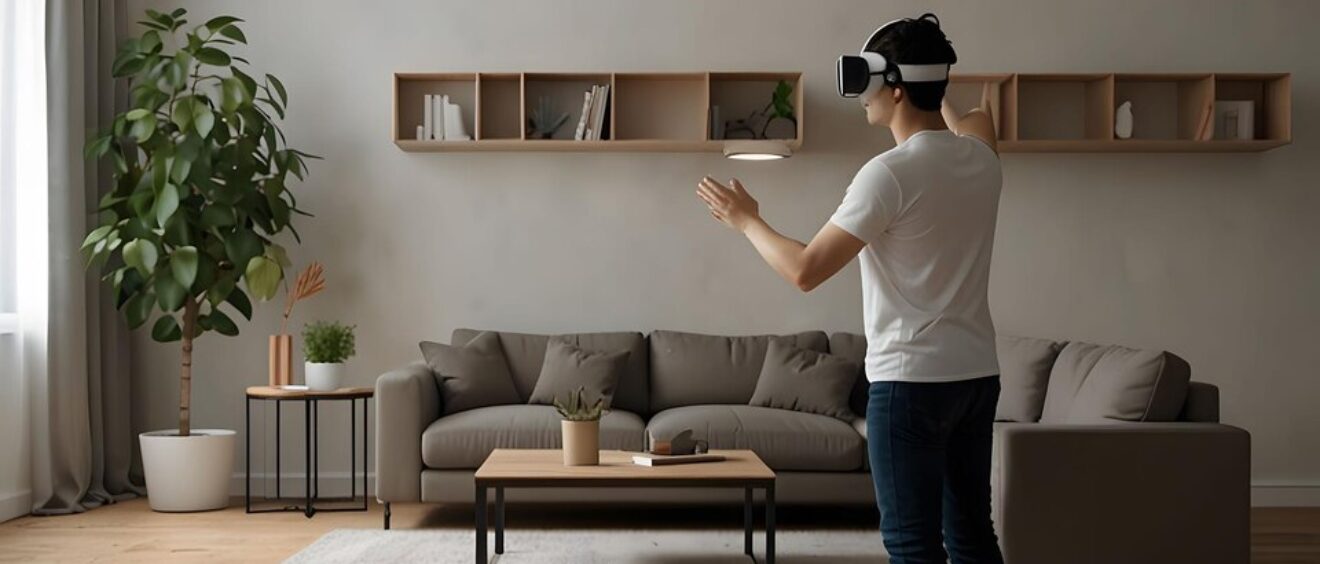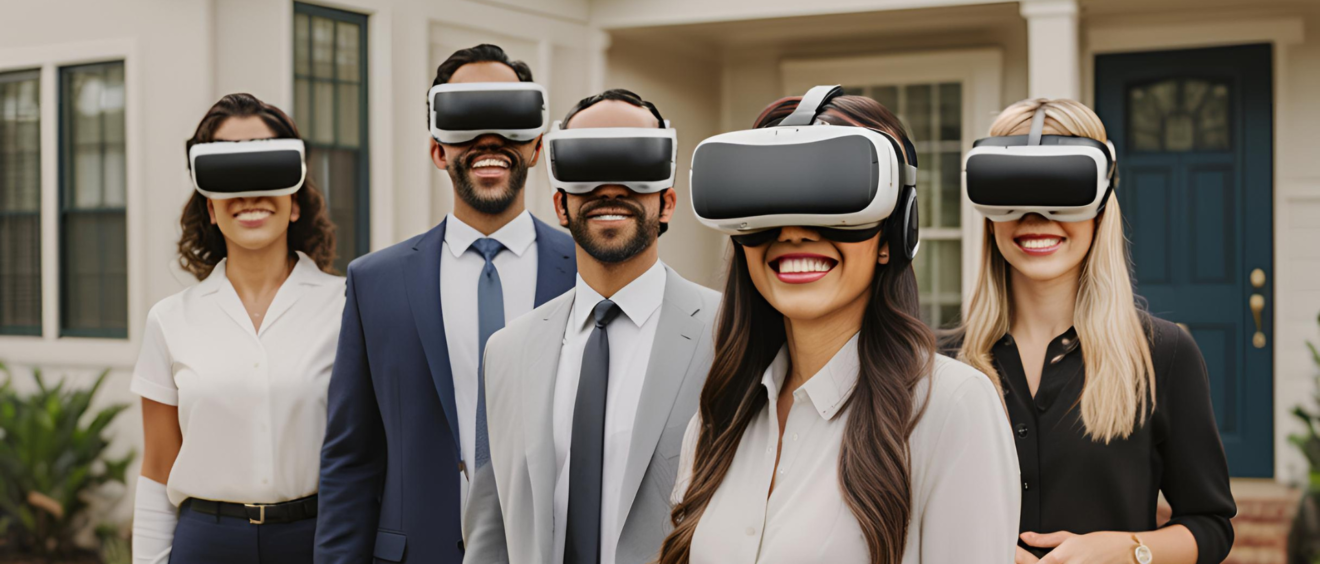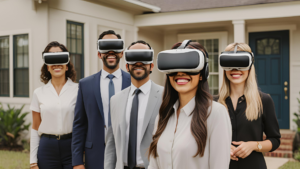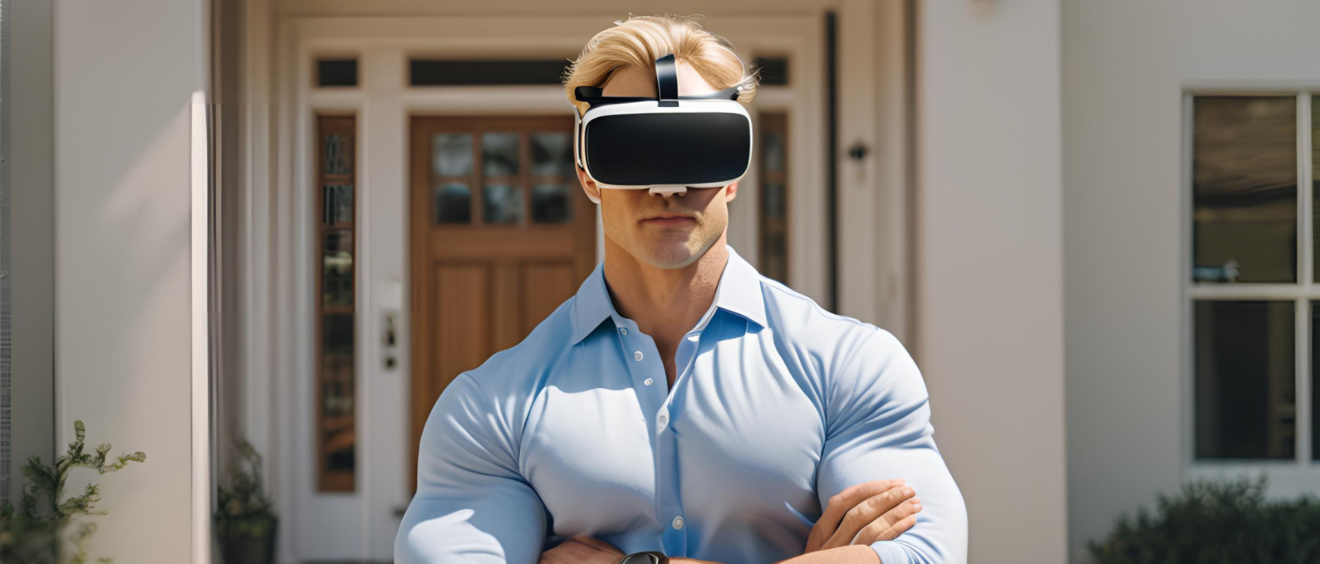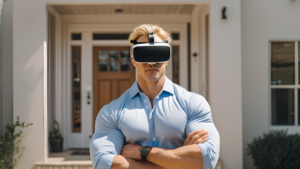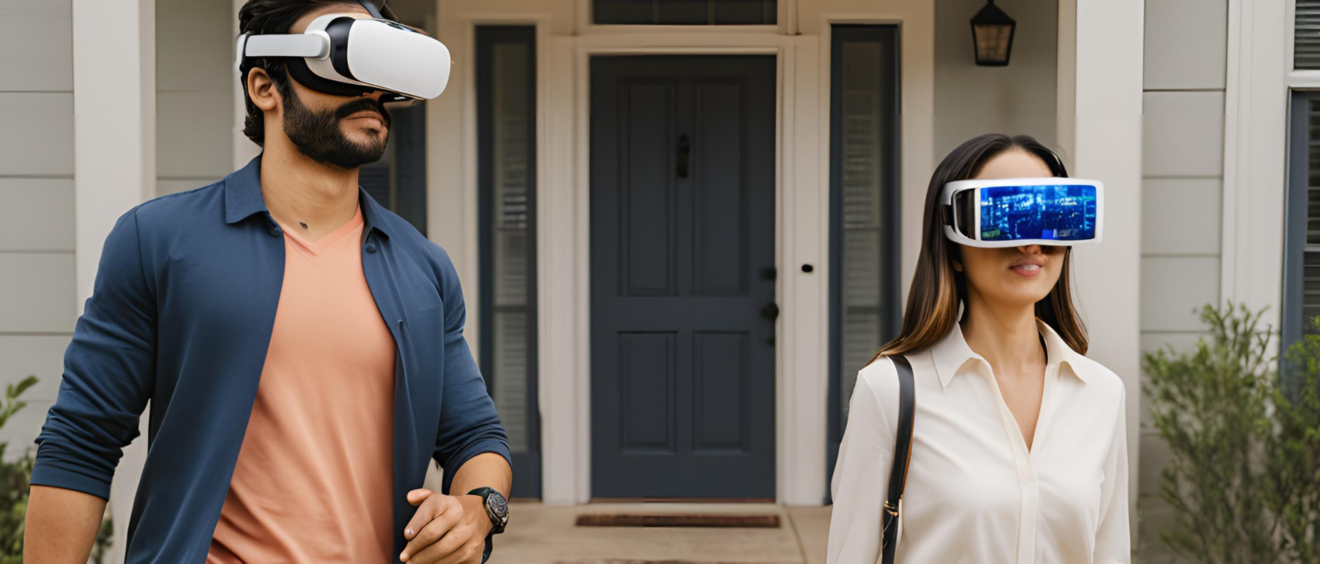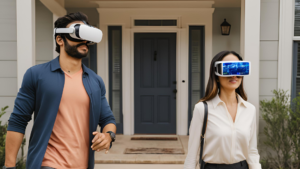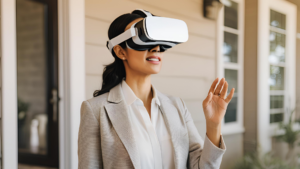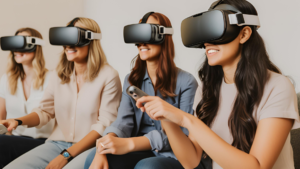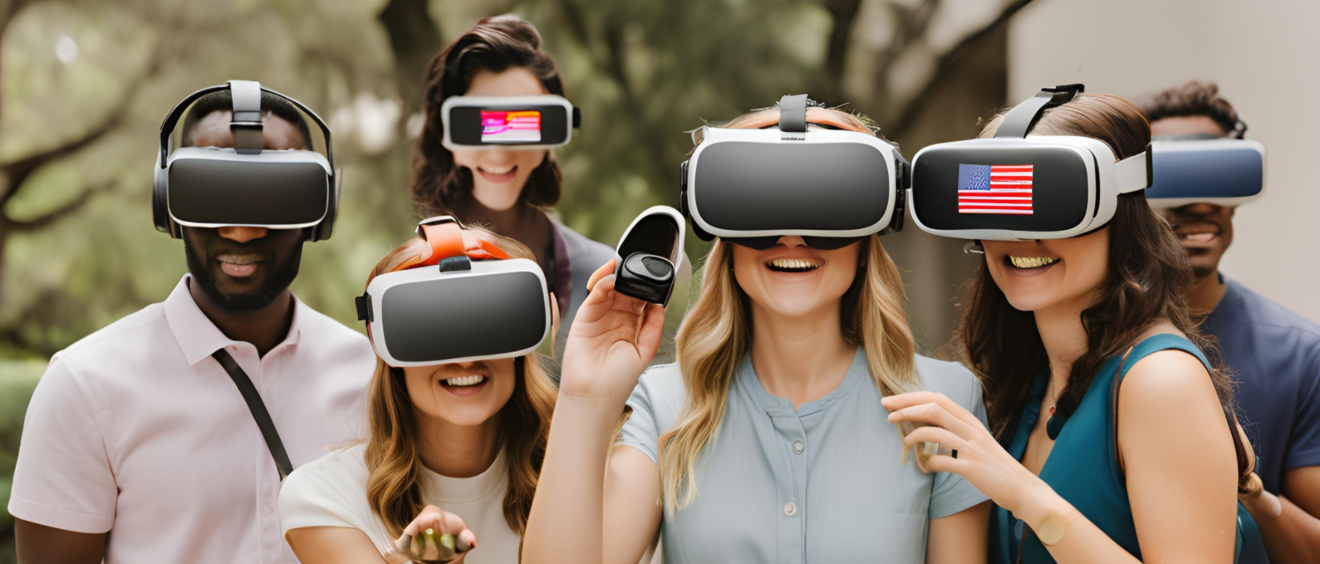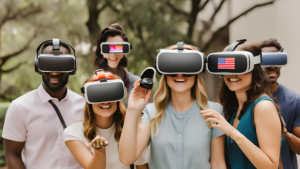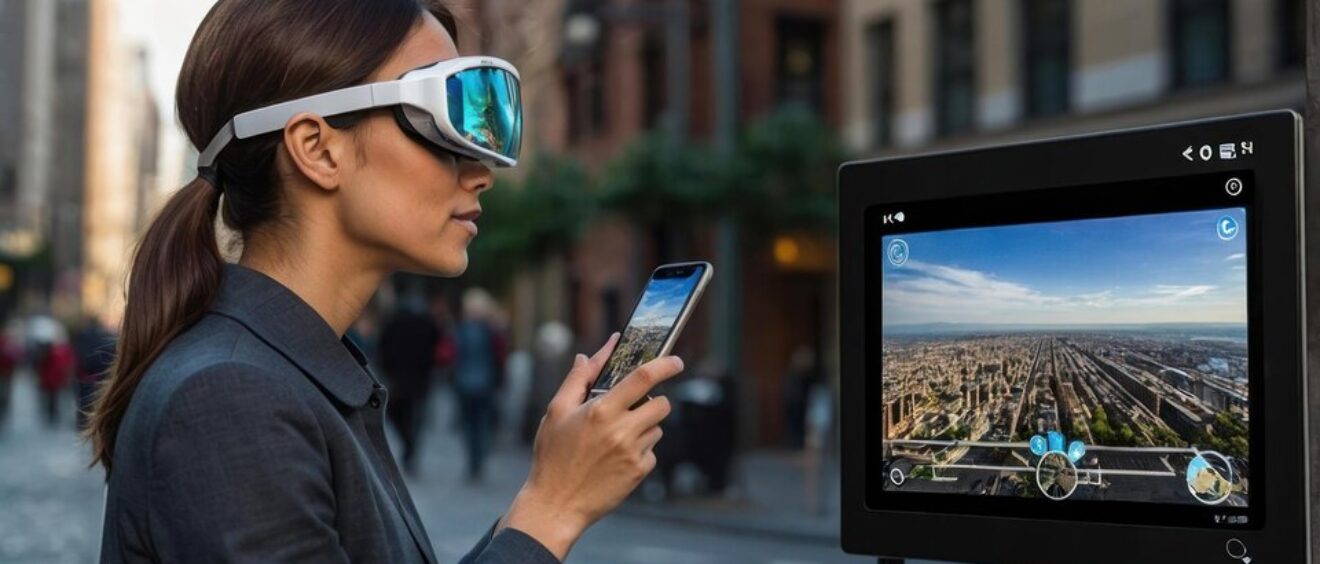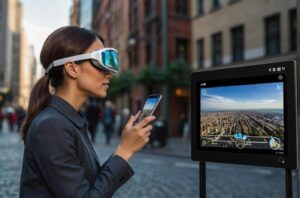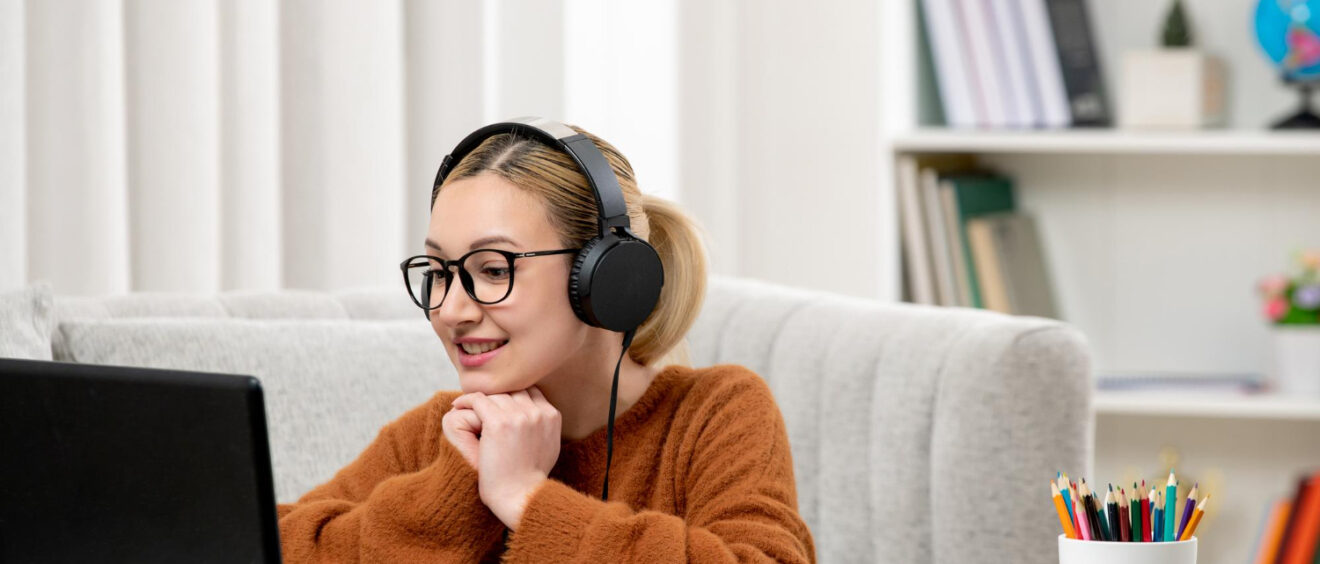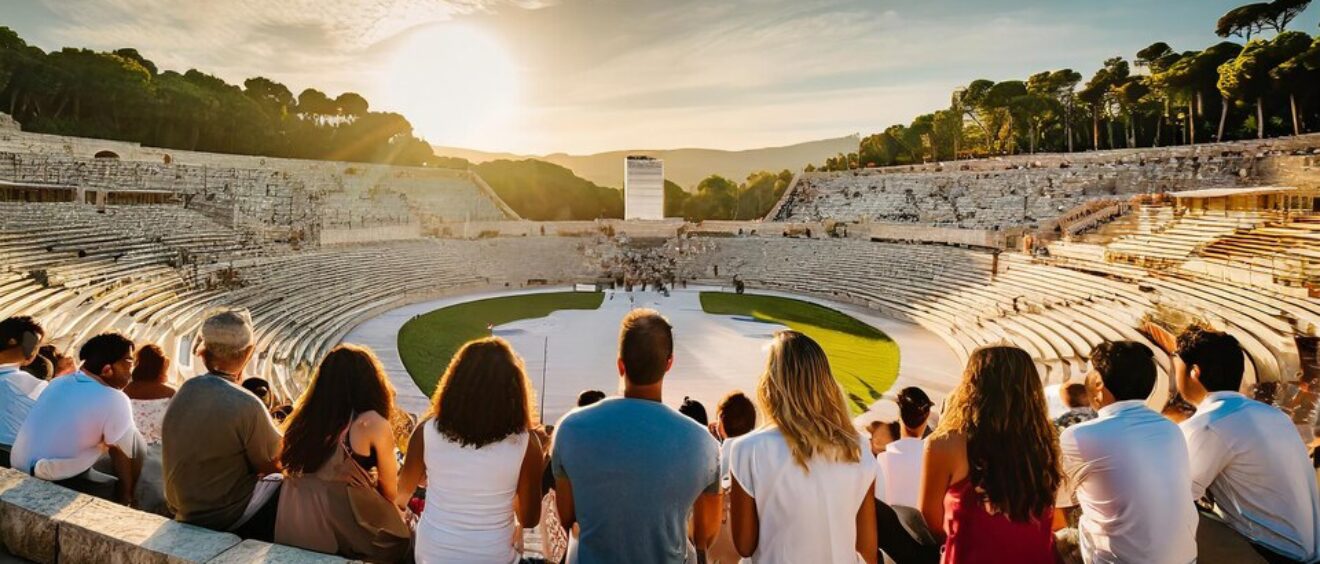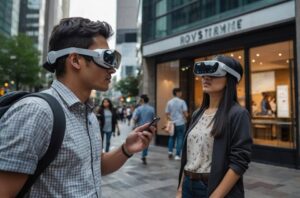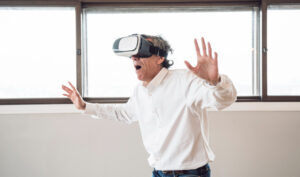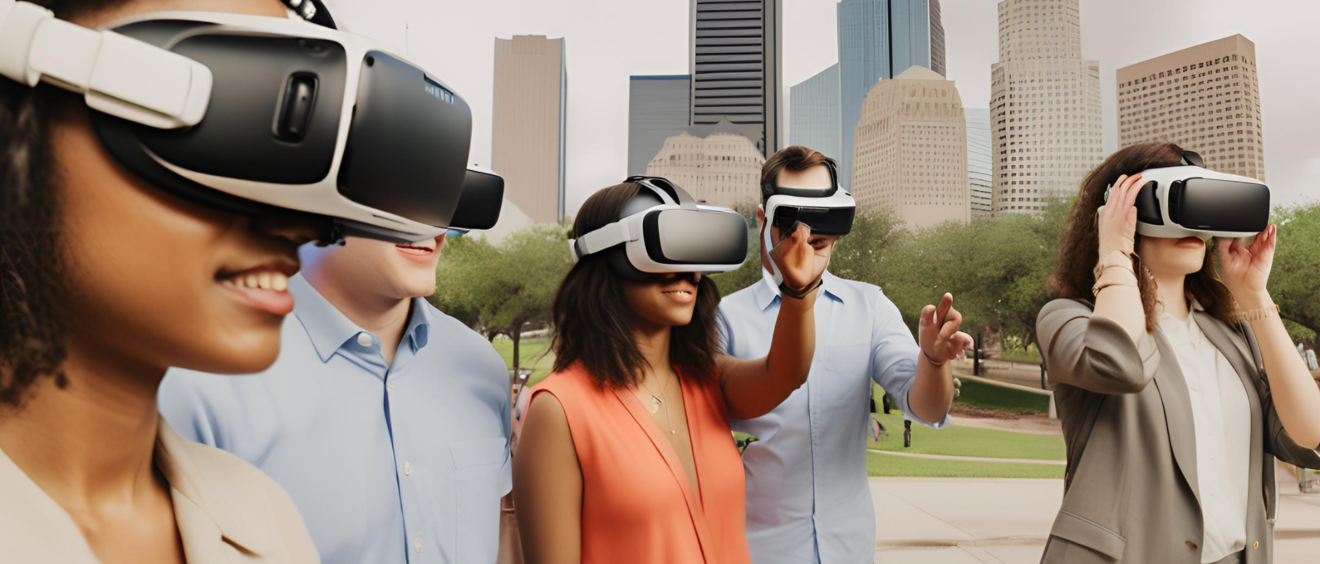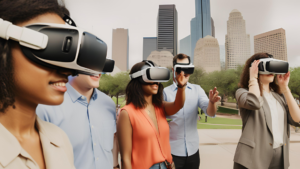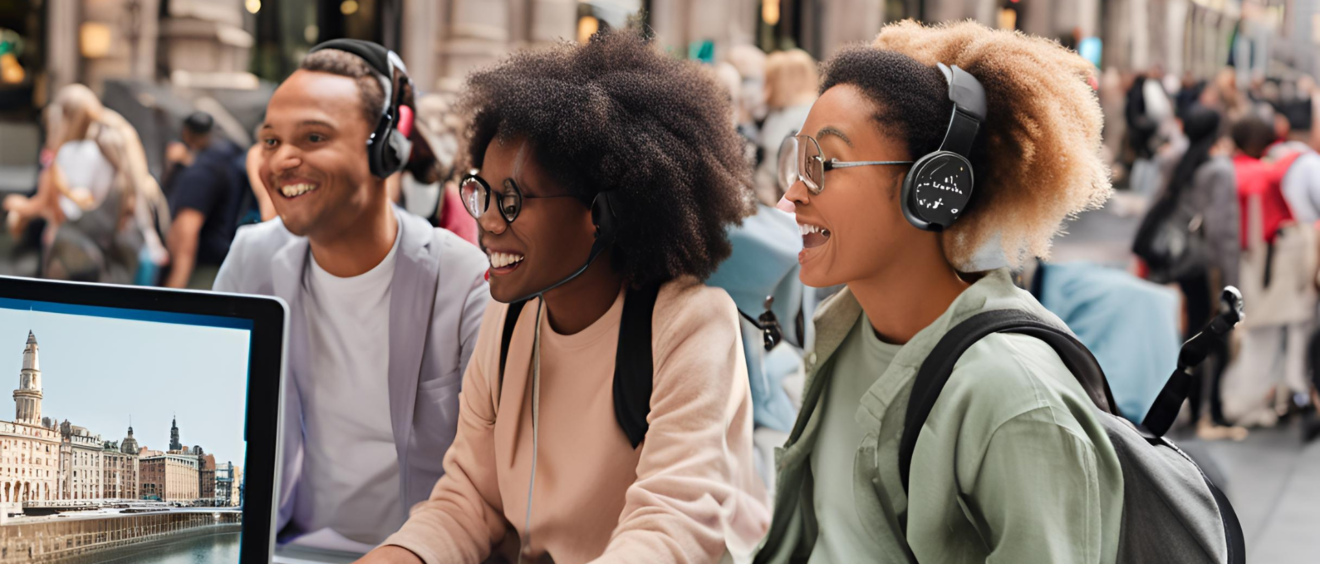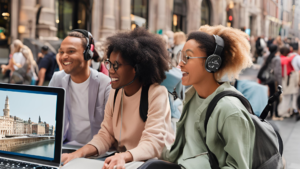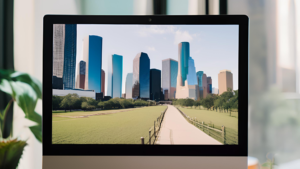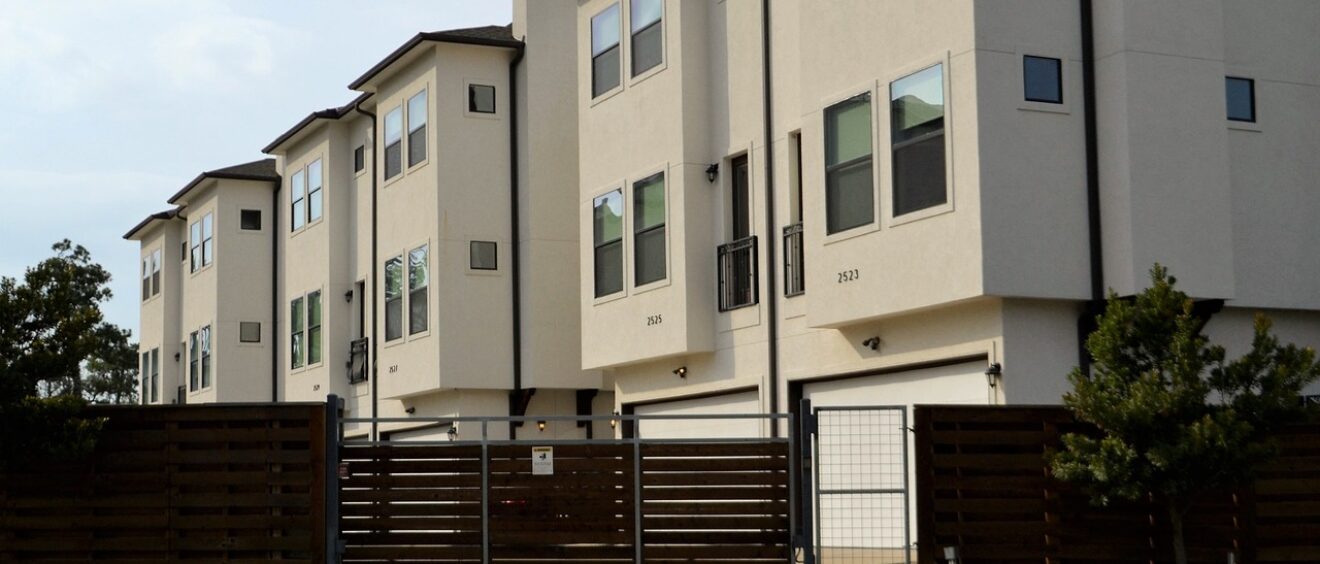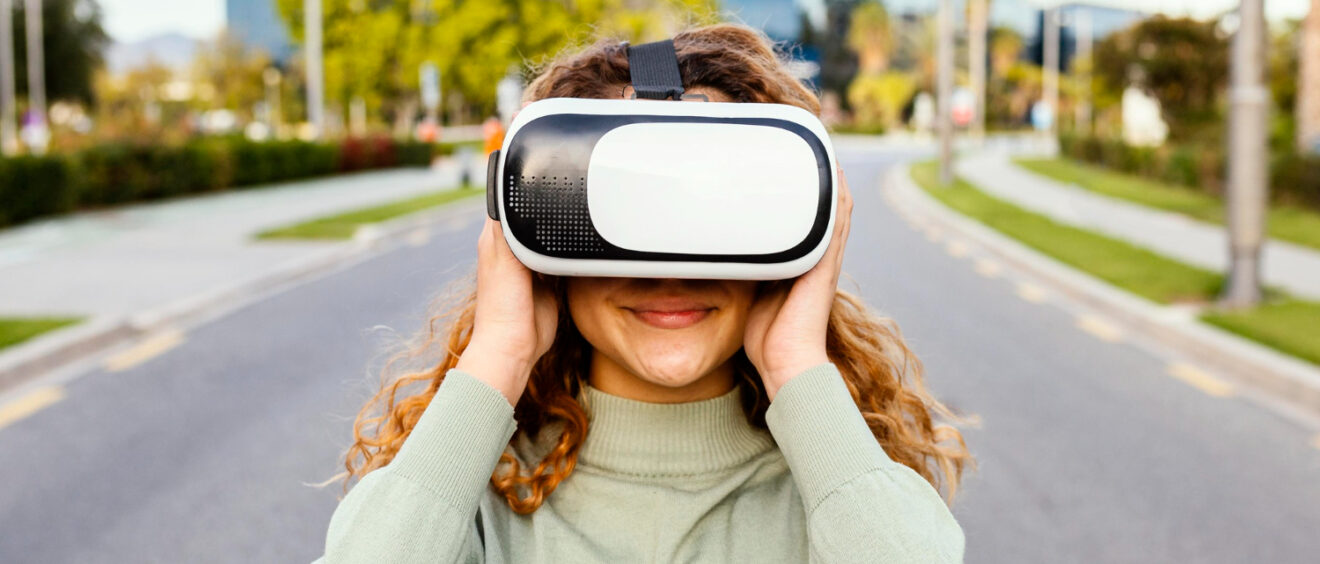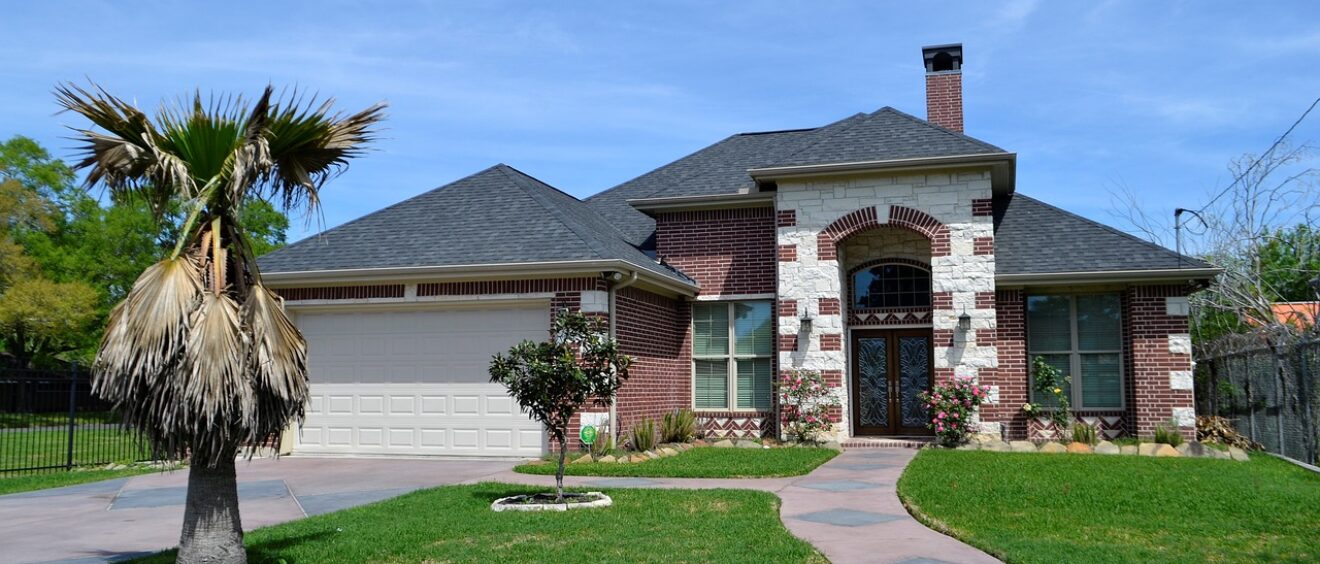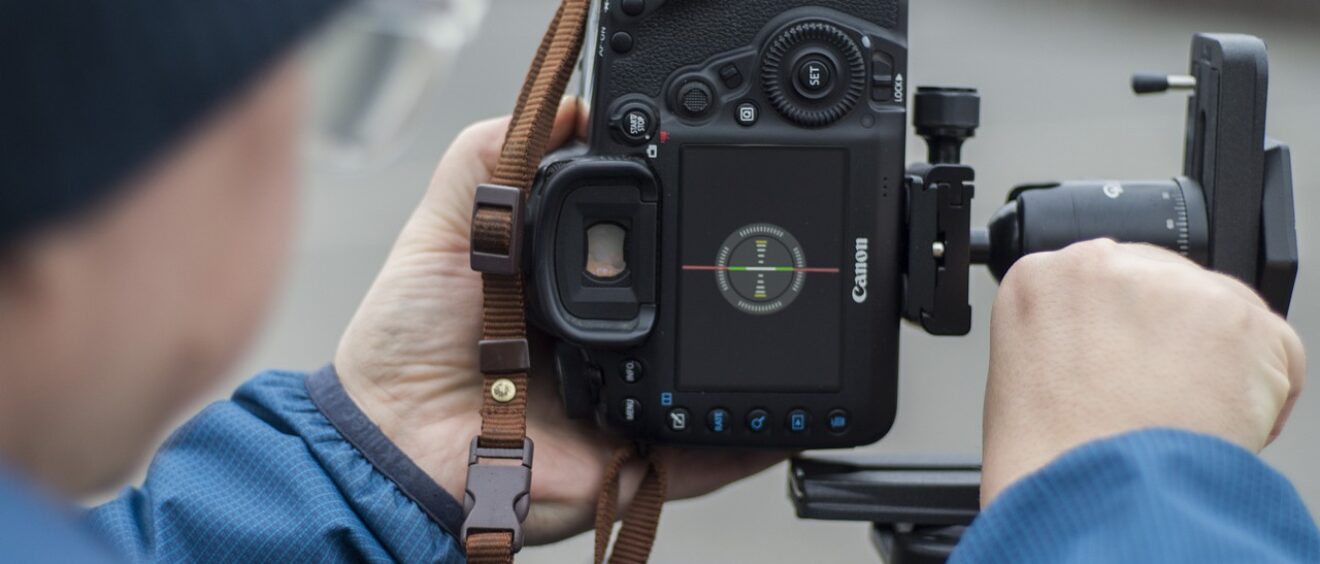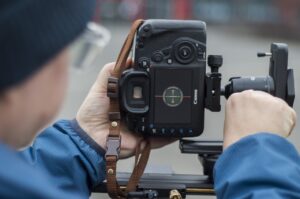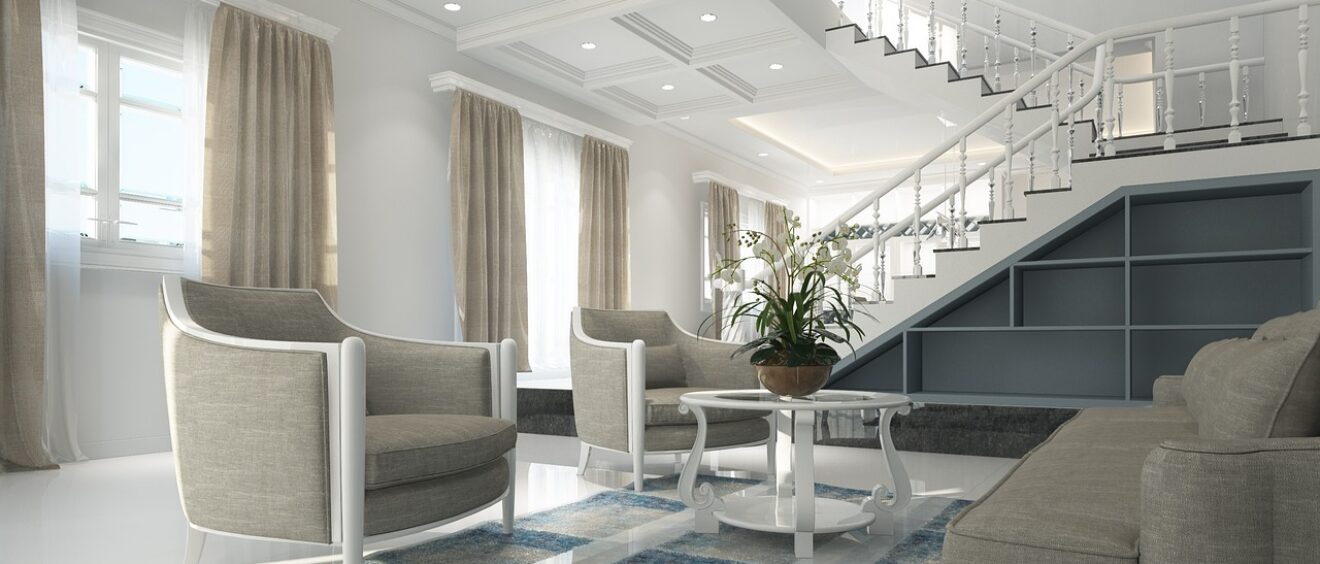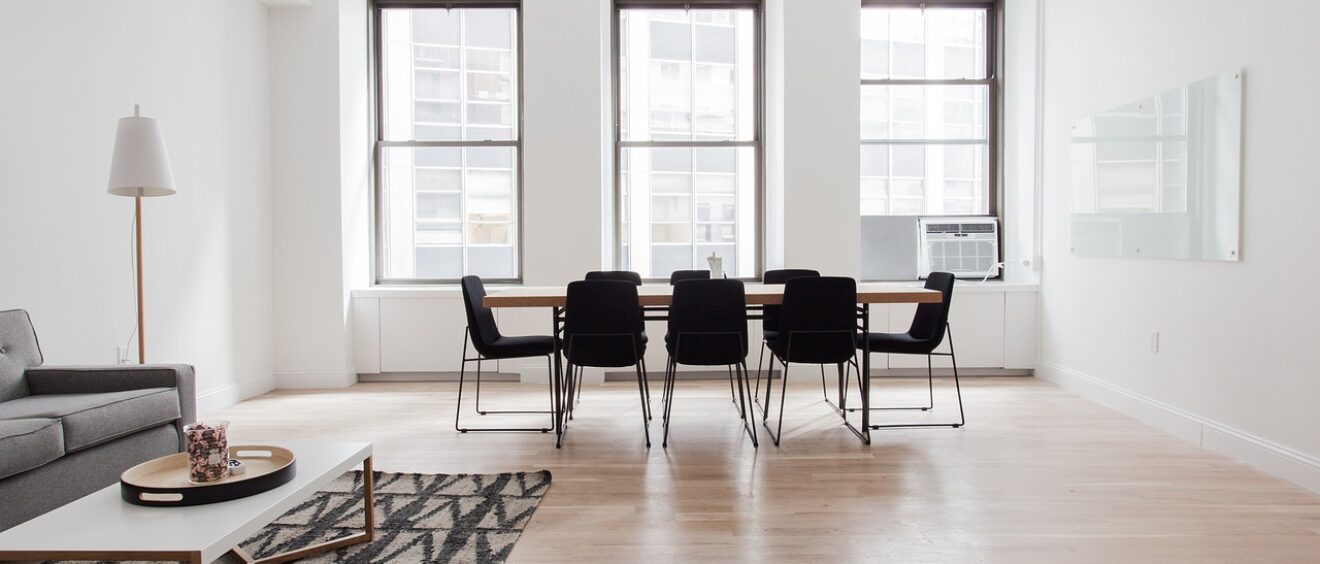Houston, we have innovation! Architectural photography, once confined to the ground and limited by perspective, is undergoing a radical transformation. With the advent of cutting-edge technology, the way we capture and experience the built environment is being redefined. Drones are buzzing overhead, 360-degree cameras are capturing immersive views, and virtual reality is transporting us into the heart of architectural wonders.
The future is here, and it’s changing the game for architectural photographers in Houston. Get ready to explore the exciting possibilities that lie ahead, as we delve into the impact of technology on this dynamic field.
Drones: Taking Architectural Photography to New Heights
Remember those days when capturing aerial shots of buildings meant renting a helicopter or scaling a skyscraper? Well, those days are long gone. Drones have revolutionized architectural photography, offering unprecedented access to perspectives that were once impossible to achieve.
With their agility and maneuverability, drones can soar above the cityscape, capturing breathtaking aerial views of Houston’s skyline, sprawling neighborhoods, and architectural landmarks. They can swoop through tight spaces, revealing hidden courtyards and rooftop gardens. They can even capture dynamic videos, showcasing the flow and rhythm of the built environment. The sky’s the limit, literally!
360-Degree Cameras: Immersing Viewers in Architectural Spaces
Imagine stepping inside a photograph and exploring every nook and cranny of a building. That’s the power of 360-degree cameras. These innovative devices capture a complete spherical view of a scene, allowing viewers to interact with the image and experience it from every angle.
For architectural photographers, 360-degree cameras offer a new way to showcase their work and engage their audience. Viewers can virtually walk through a building, admire its interior design, and appreciate its spatial relationships. It’s an immersive experience that transcends traditional photography, bringing architecture to life in a whole new way.
Virtual Reality: Stepping into the Architect’s Vision
Virtual reality (VR) is taking architectural visualization to the next level. By combining 360-degree imagery with interactive elements, VR allows users to step into a virtual world and experience a building as if they were actually there.
For architects and developers, VR offers a powerful tool for showcasing their designs and securing client buy-in. For photographers, it presents an opportunity to collaborate with architects and create immersive experiences that showcase their work in a new dimension. Imagine walking through a virtual model of a building before it’s even built, experiencing its spaces and appreciating its design firsthand. The possibilities are endless.
Artificial Intelligence: Enhancing Efficiency and Creativity
Artificial Intelligence (AI) is making its mark on architectural photography, too. From automating tedious tasks like image editing and post-processing to generating creative ideas and suggestions, AI is streamlining workflows and freeing up photographers to focus on their artistic vision.
AI-powered tools can analyze images, identify key features, and suggest optimal compositions. They can even generate realistic 3D models from 2D photographs, opening up new possibilities for architectural visualization and virtual tours. With AI as their assistant, photographers can work smarter, not harder, and unleash their creativity.
The Human Touch: The Irreplaceable Role of the Photographer
While technology is transforming architectural photography, it’s important to remember that the human element remains irreplaceable. A photographer’s artistic vision, technical skills, and ability to tell a story through their images are what truly sets their work apart.
Technology is a tool, not a replacement for creativity. It can enhance our capabilities and expand our reach, but it’s the photographer’s eye and heart that ultimately capture the soul of a building. So, embrace the technology, but never lose sight of the human touch that makes architectural photography so special.
The Future is Bright: Embracing Change and Innovation
The future of architectural photography in Houston is bright. With technology evolving at a rapid pace, we can expect to see even more exciting developments in the years to come. From augmented reality to 3D printing, the possibilities are endless.
The key is to embrace change and stay ahead of the curve. Invest in new technologies, experiment with new techniques, and never stop learning. The world of architectural photography is constantly evolving, and those who adapt and innovate will thrive.
Bayou City 360: Your Partner in the Future of Architectural Photography
At Bayou City 360, we’re passionate about pushing the boundaries of architectural photography. We embrace new technologies and techniques, constantly seeking innovative ways to capture the beauty and essence of Houston’s built environment.
Whether you’re an architect, a developer, a real estate agent, or a business owner, we’re here to help you tell your story through stunning visuals. Our team of experienced photographers is equipped with the latest technology and expertise to create immersive experiences that showcase your projects in a whole new light.
From drone photography to 360-degree tours and virtual reality experiences, we offer a range of services to meet your needs. We’re committed to staying ahead of the curve, ensuring that our clients benefit from the latest advancements in architectural photography.
So, if you’re ready to embrace the future of architectural photography and showcase your projects in a way that truly captivates your audience, contact Bayou City 360 today. We’re excited to collaborate with you and create images that inspire, inform, and leave a lasting impression.


